-
Welcome to Tacoma World!
You are currently viewing as a guest! To get full-access, you need to register for a FREE account.
As a registered member, you’ll be able to:- Participate in all Tacoma discussion topics
- Communicate privately with other Tacoma owners from around the world
- Post your own photos in our Members Gallery
- Access all special features of the site
2023 Smart Alternator incompatible with DC-DC Charger
Discussion in '3rd Gen. Tacomas (2016-2023)' started by Max8, May 18, 2024.
Page 4 of 5
Page 4 of 5


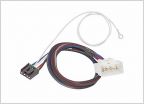 Parts to install for brake controller
Parts to install for brake controller Infamous Ladder Rack Question
Infamous Ladder Rack Question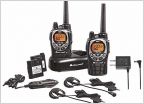 GMRS Radio Newbie
GMRS Radio Newbie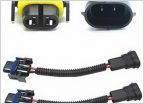 Best LED Replacement Bulbs For 2016-2019 Headlights
Best LED Replacement Bulbs For 2016-2019 Headlights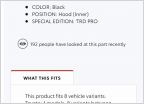 TRD Pro Parts
TRD Pro Parts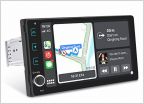 Are Joying headunits any good?
Are Joying headunits any good?




